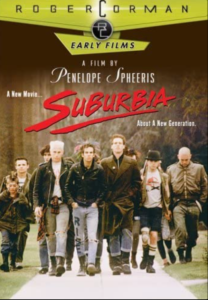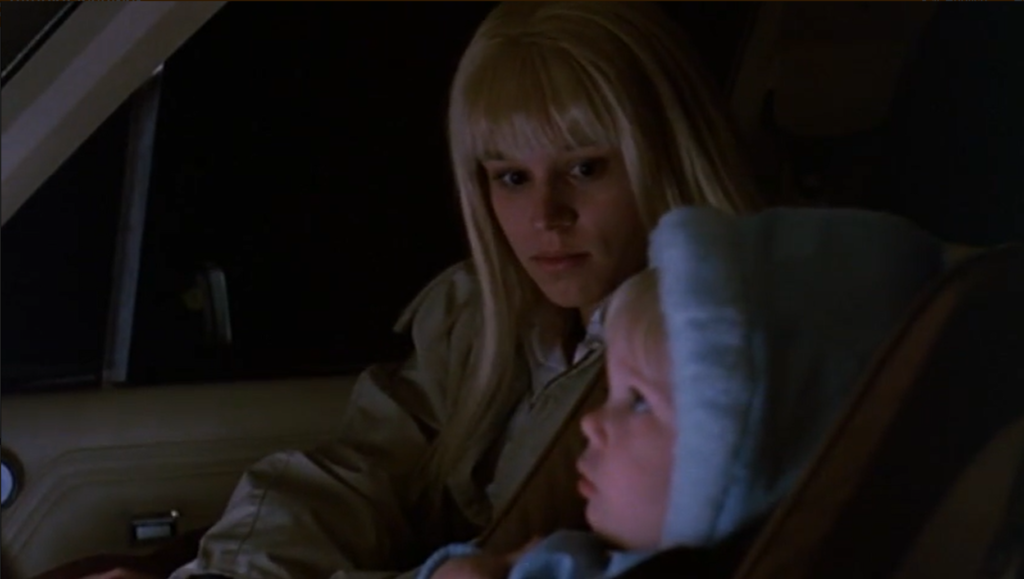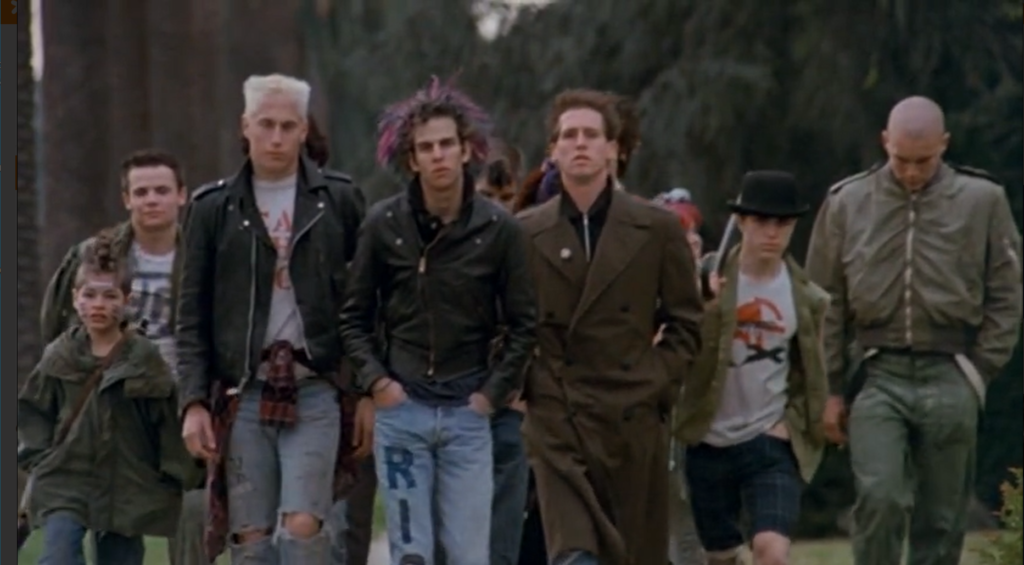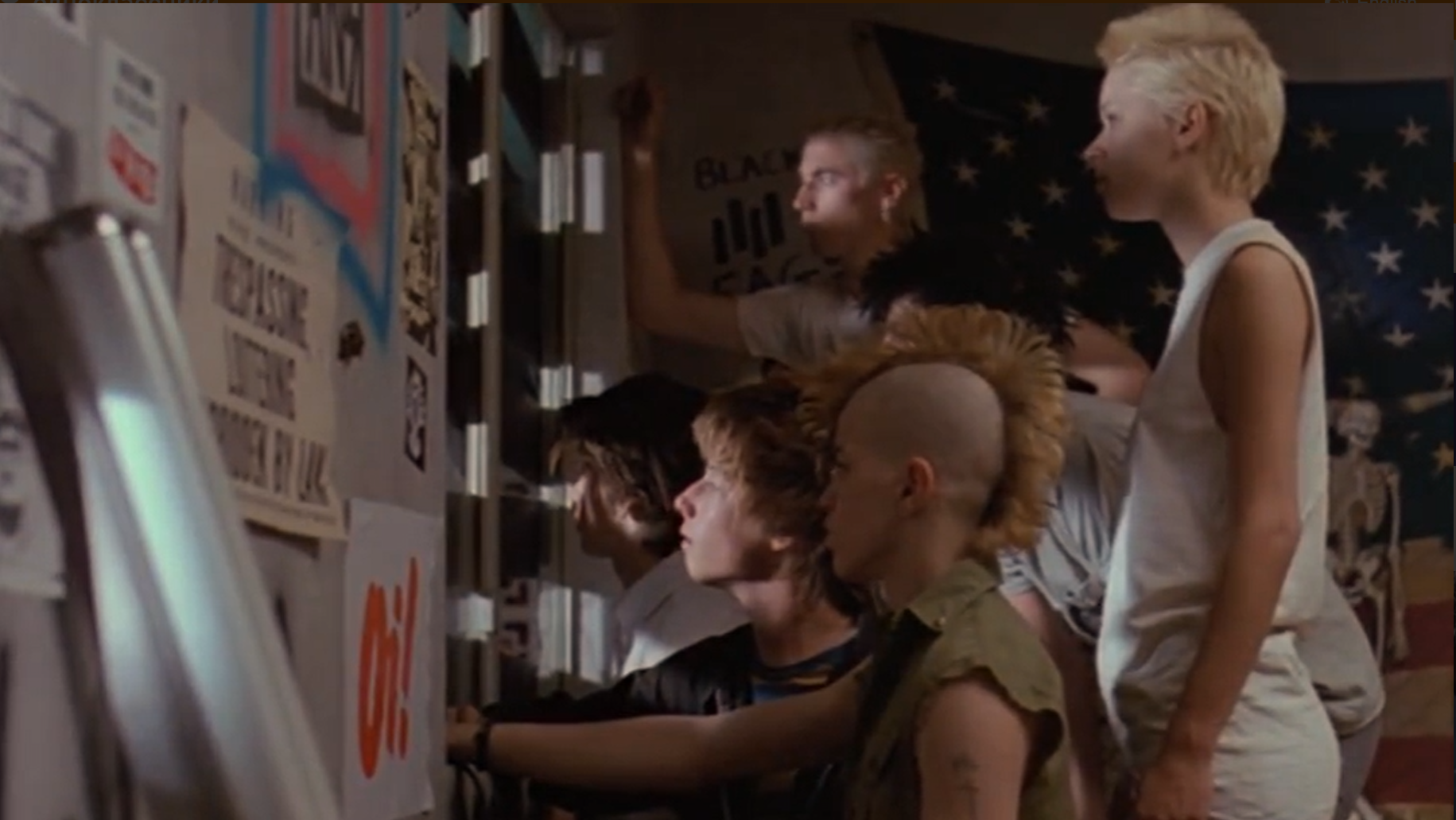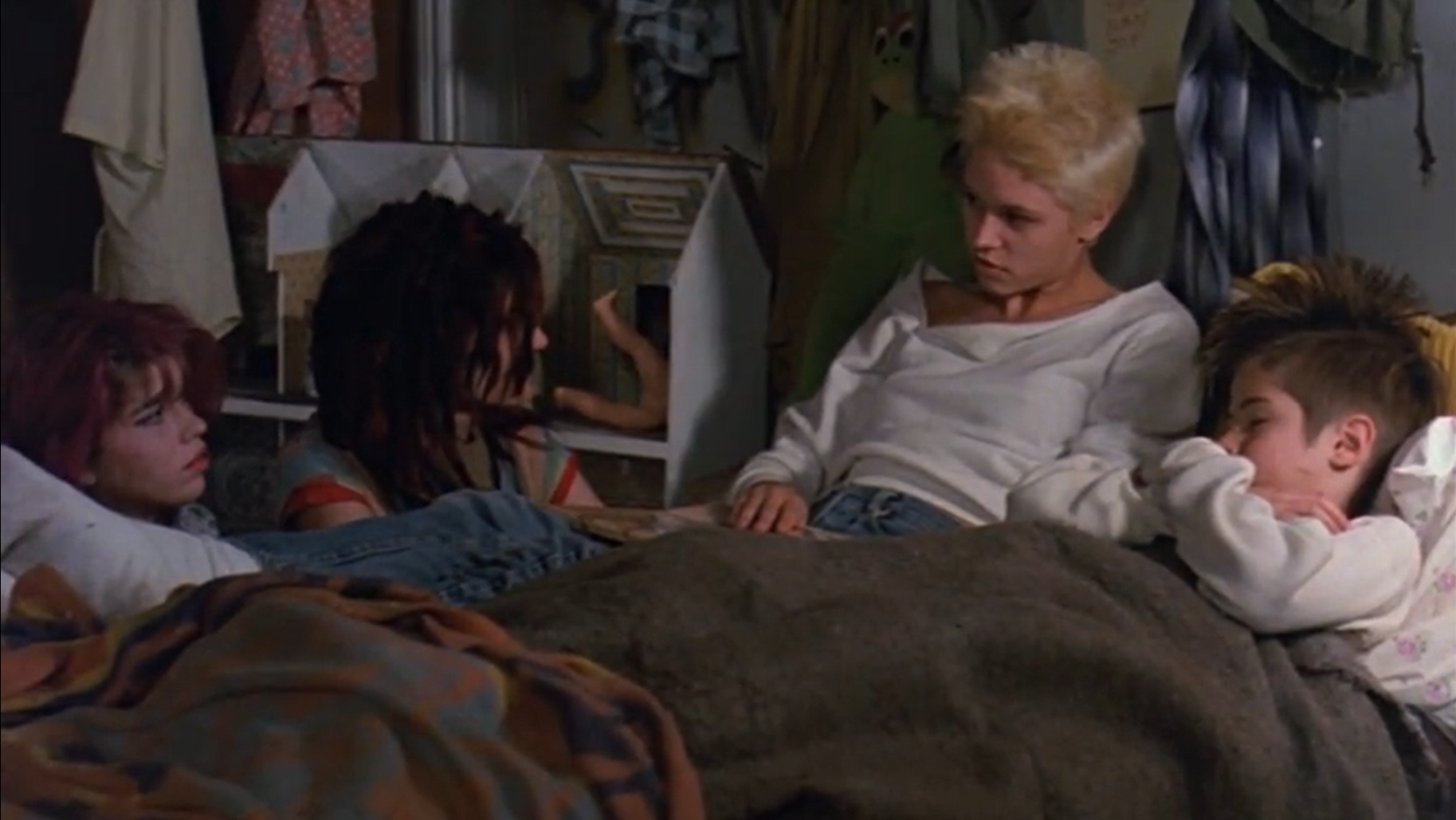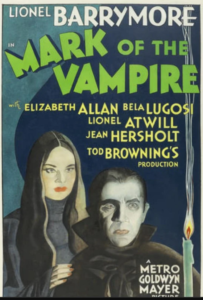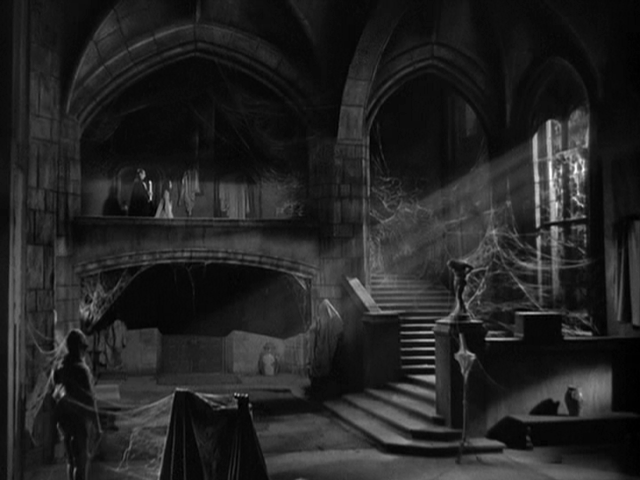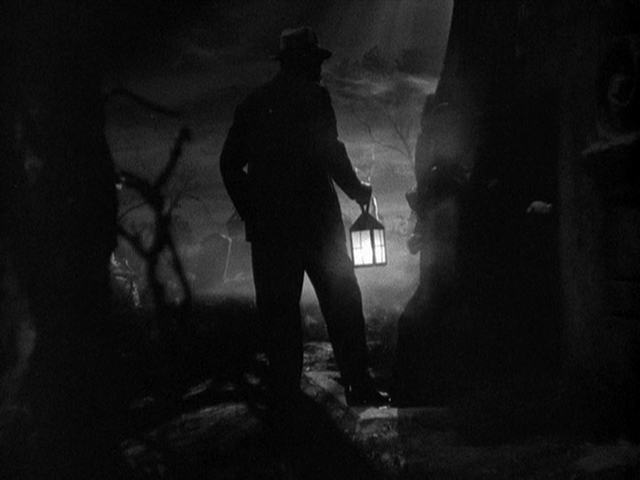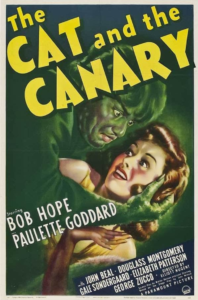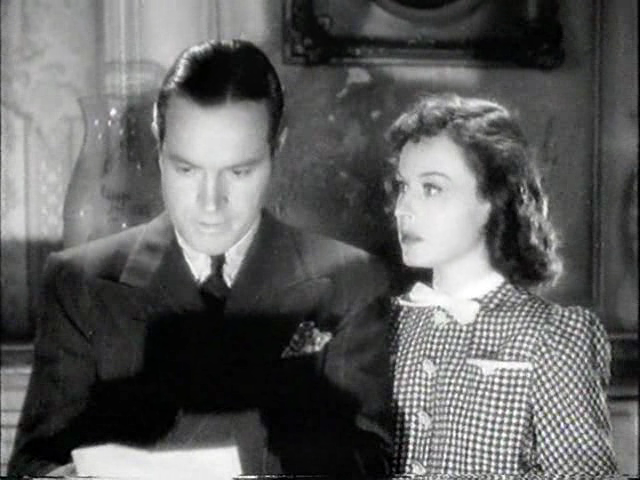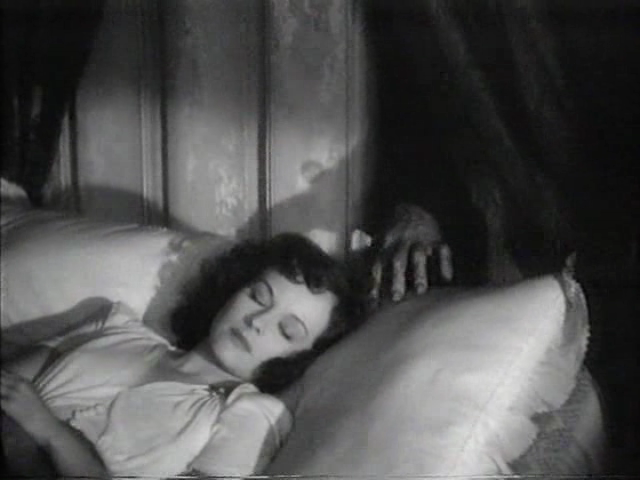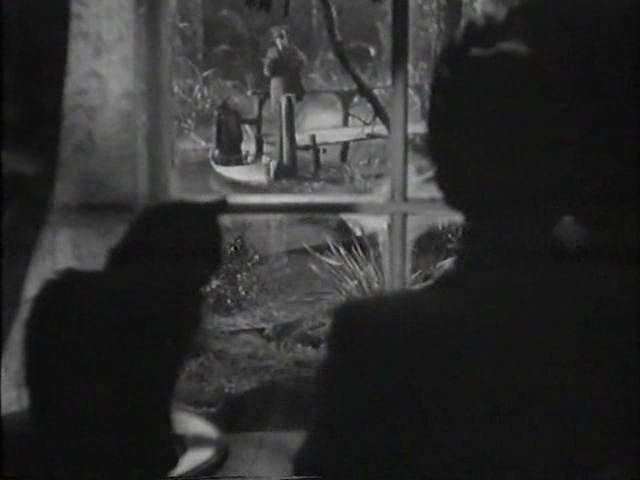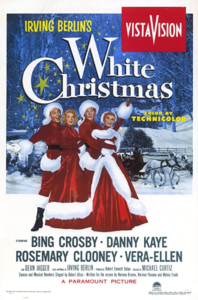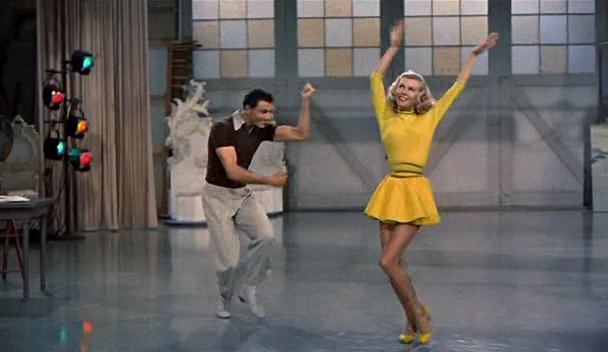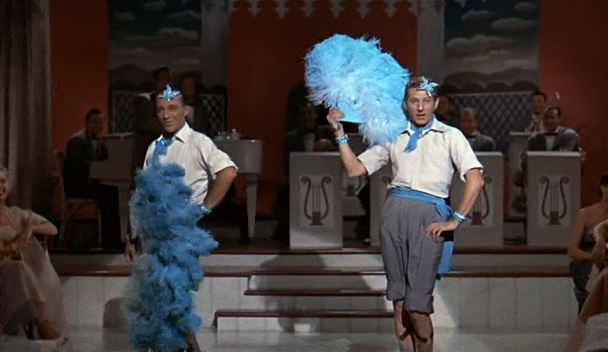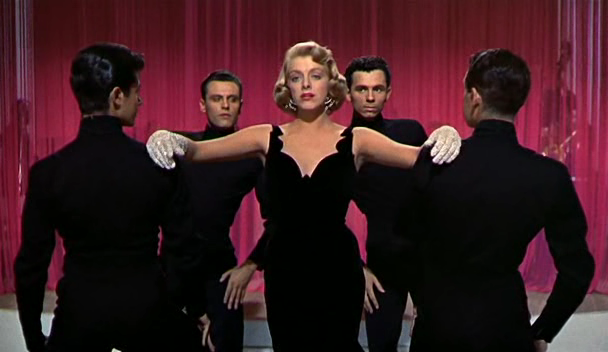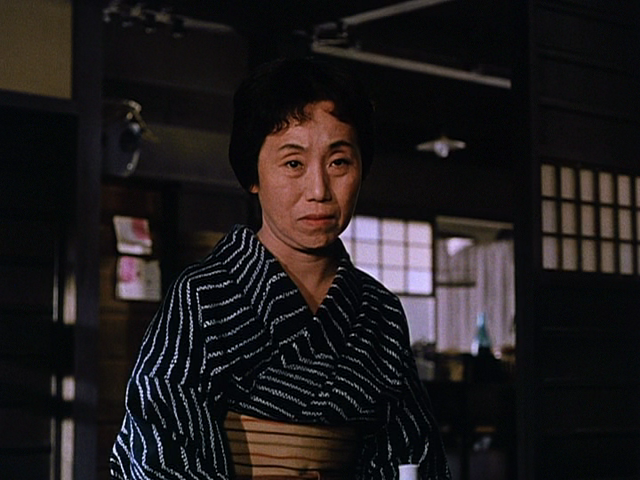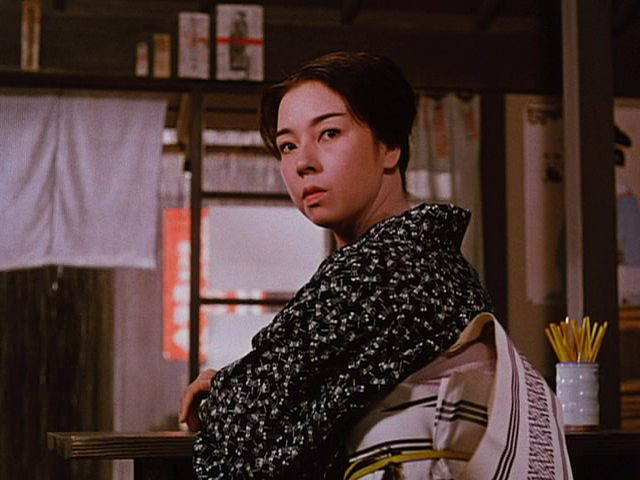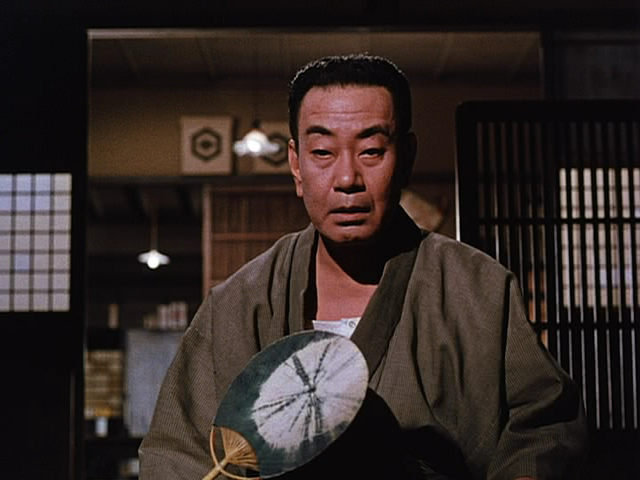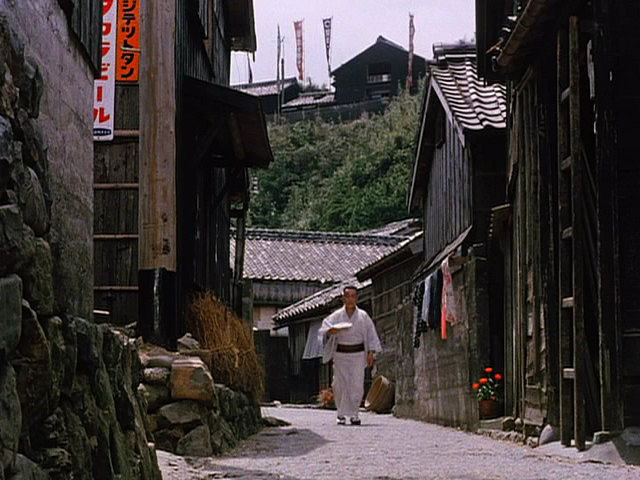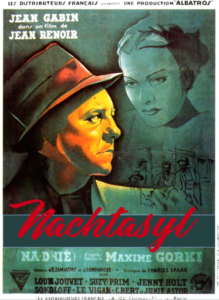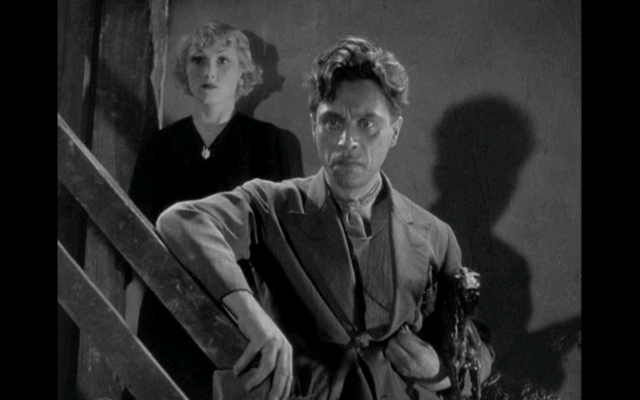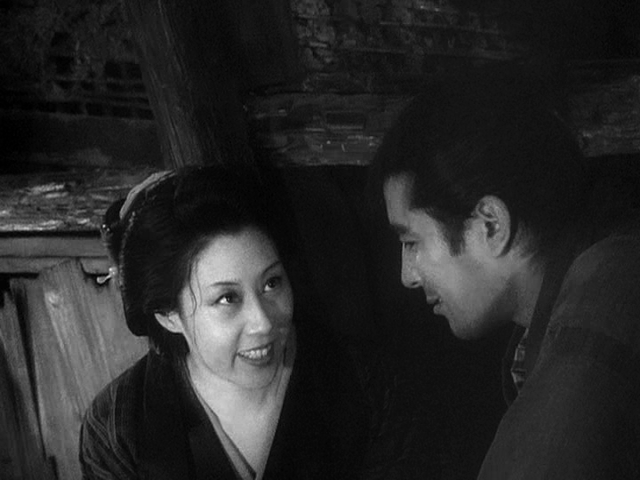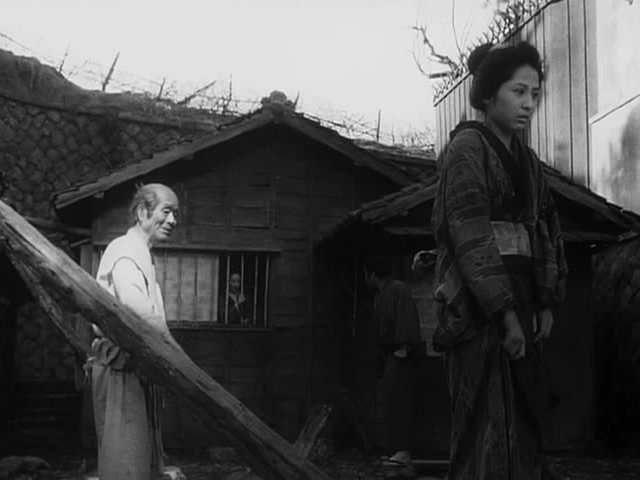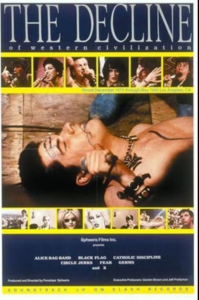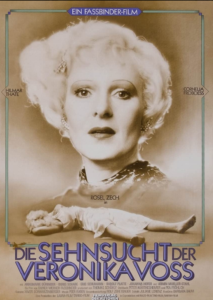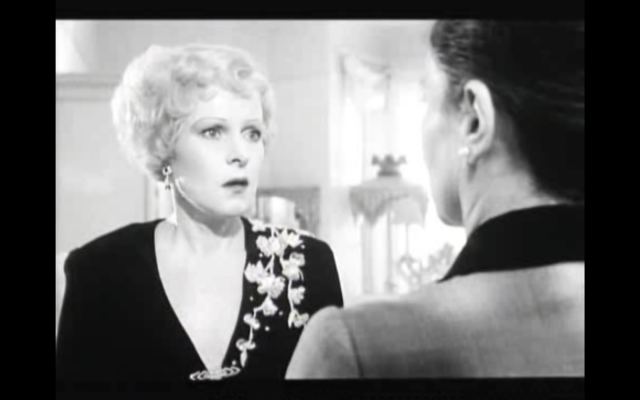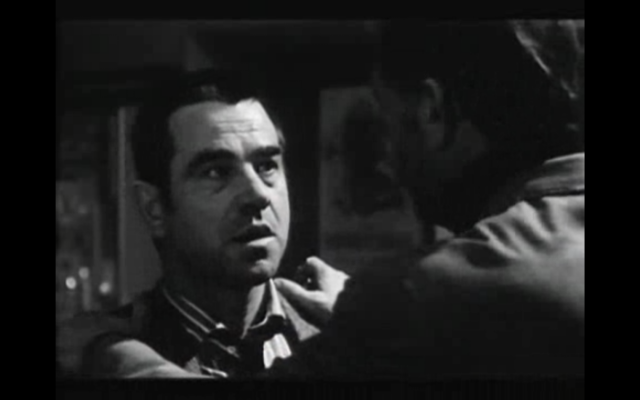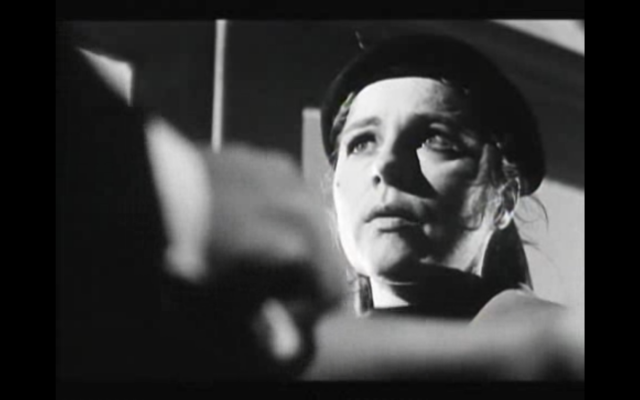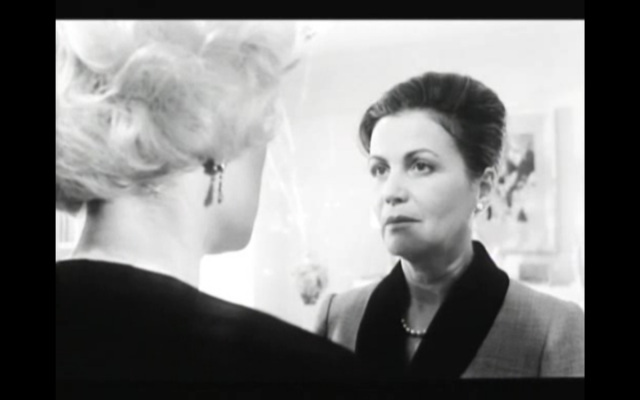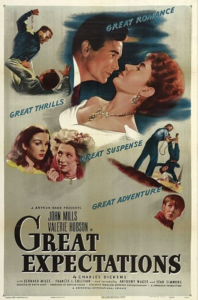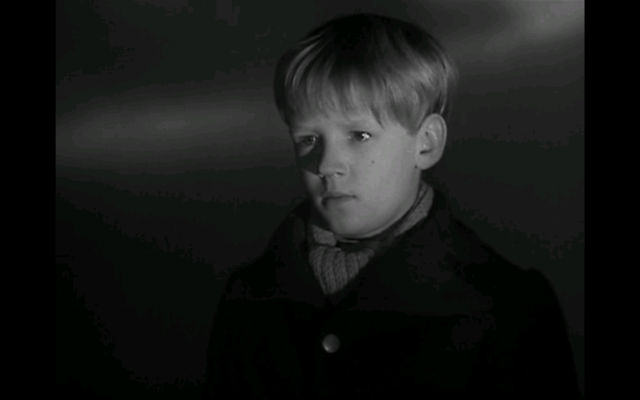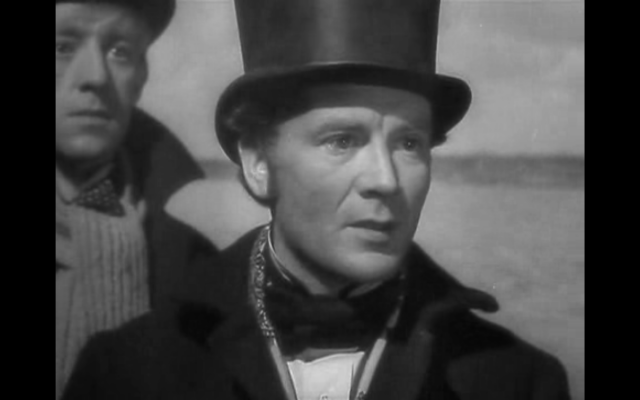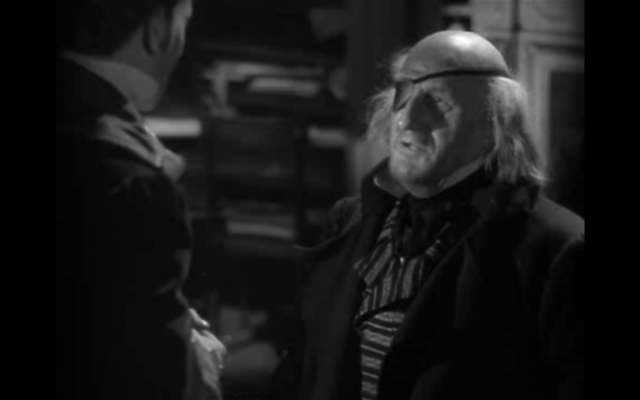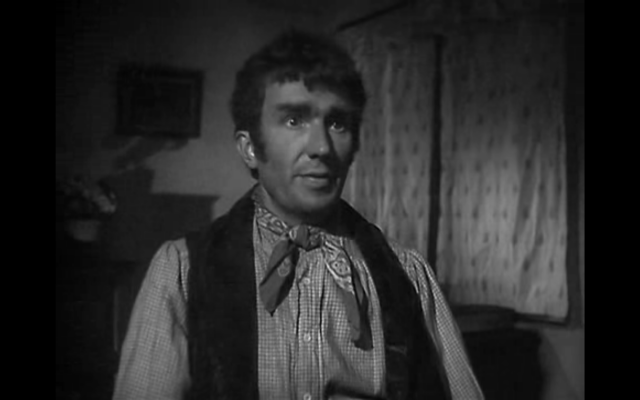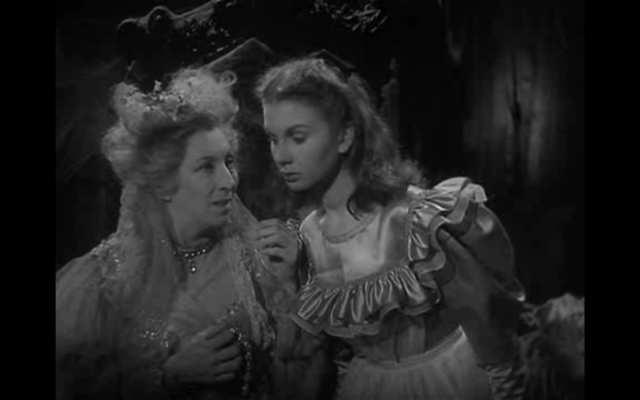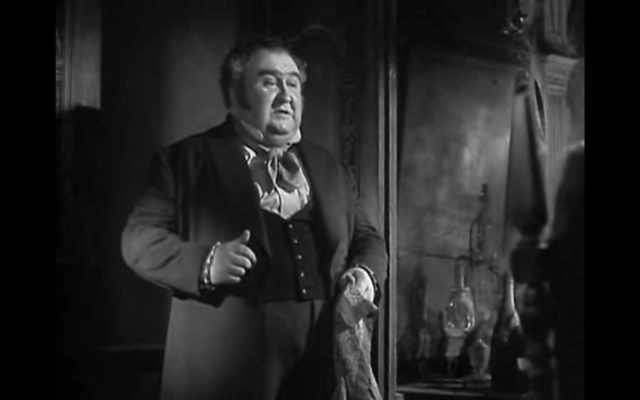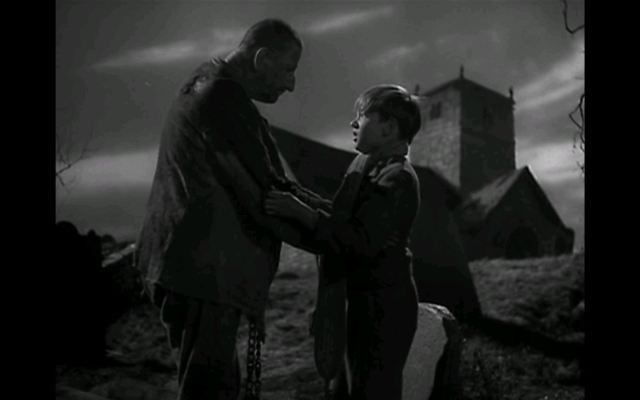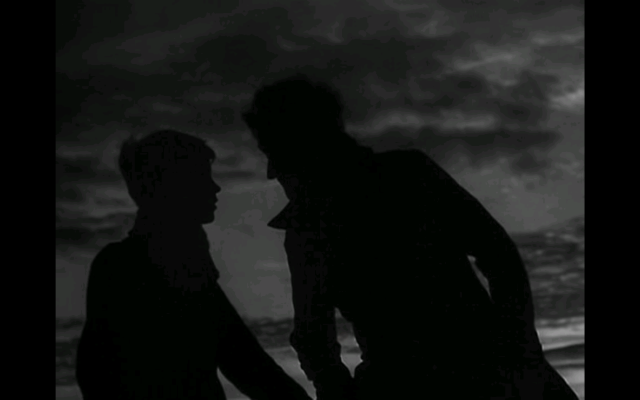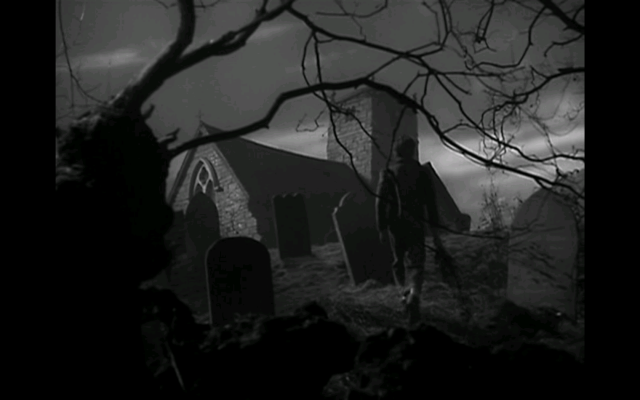Suburbia (1983)
“We’re talking about kids — kids like yours and mine!”
|
Synopsis: |
|
Genres:
Review: a female runaway introduced in the film’s appalling opening sequence, in which she watches mutely while a young baby is mauled to death by a wild dog. (This scene is so viscerally disturbing I had to turn the movie off immediately, and didn’t return to it until well over a year later — so consider yourself duly forewarned.) Other characters in the ensemble cast include the teenage son (Bill Coyne) of an abusively alcoholic mother (Donna Lamana), and his six-year-old brother (Andrew Pece); a charismatic but bigoted skinhead (Chris Pedersen) who’s upset about having a black police officer (Don Allen) as a stepdad; a druggie (Grant Miner) whose stash plays a pivotal role in a later plot element; a rat-lover (Flea in his screen debut!); and more. While refreshingly sympathetic to these disturbed teens’ sorry lot in life, Spheeris ultimately tends to fetishize their existence a bit too much (watch for the slo-mo musical interlude about halfway through the film, shown as a still on the poster): thus turning their communal existence into the ultimate sleepover fantasy. Yes, they must deal with unruly neighborhood thugs (those pesky adults!) who threaten their very existence — but at least they have each other. However, therein lies its cult appeal; check comments on IMDb for a flavor of how many people have fond memories of this film from their own youth. Note: Suburbia (also known as The Wild Side) won the Best First Feature award at the 1983 Chicago International Film Festival; Spheeris went on to craft an oddly mainstream Hollywood career for herself. Redeeming Qualities and Moments: Must See? Links: |
